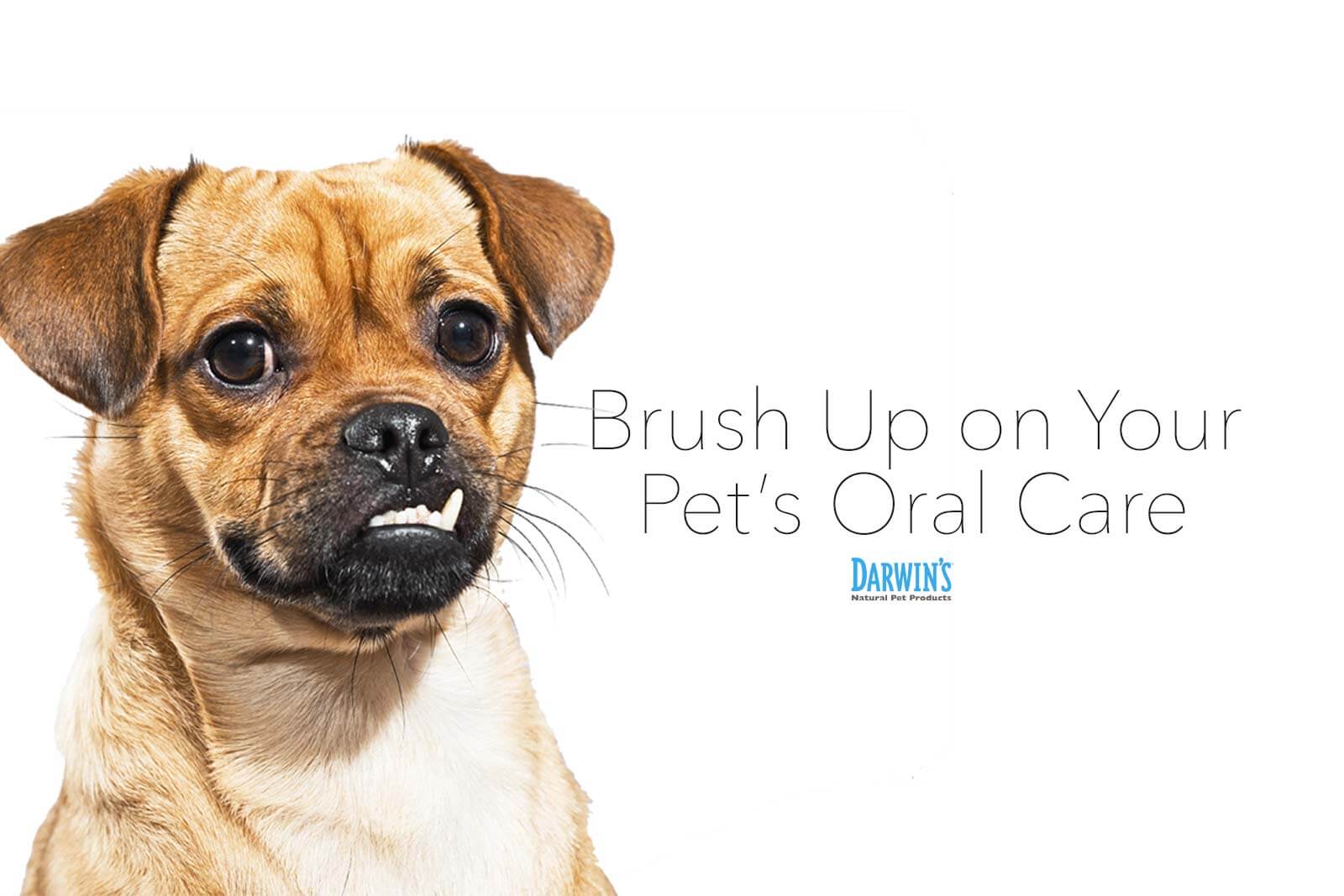It’s Time To Brush Up On Your Pet’s Oral Care
2/5/15

Pet Dental Month
February is pet dental month, which means it’s time to pay extra attention to your pet’s oral care. Dental disease is more than just yellow teeth, red gums and stinky breath. It may be a sign of a serious oral disease. If left untreated, it may affect your pet’s quality of life. The American Veterinary Medical Association (AVMA) reports that 80 percent of dogs and 70 percent of cats have some kind of oral disease by the age of three.
Pet owners don’t fear, now is the perfect timing to take steps to maintain your pets oral health. The most obvious, is to frequently brush your pet’s teeth and gums. When choosing a toothpaste, make sure that it doesn’t contain xylitol. You might be very surprised that many contain this dangerous additive for dogs. An all-natural toothpaste is the best option. If you’re like most pet owners and you frequently forget to brush, you may want to talk to your veterinarian about a deep teeth cleaning for your dog or cat once a year or as needed.
Overall health begins with a good diet, but did you know that many dental health issues are also caused by an incomplete diet? Healthy dogs who eat a fresh meat and vegetable diet often have much cleaner teeth and better gums than those eating a grain-based dry food. Kibble tends to be hard on the teeth, much like how pretzels can be tough on your teeth.
Chew treats are also another great way to promote dental health. Dogs (especially puppies) need to chew and if you don’t provide good options for them, they will end up finding your shoes or other household items. Chew treats can provide mental and physical stimulation, entertain dogs without your active participation and help aid in plaque removal. Here are some recommendations on chew options:
Rawhide chews are high in fat, add no beneficial nutrients and can cause blockage in the stomach or intestines. Many rawhides are bleached and have added chemicals. Any form of rawhide can be irritating to your pup’s digestive system. Try to avoid rawhide altogether.
Green treats promote dental health and are great for chewing but often have a gluten base. Gluten is one of the most common allergens for dogs. Green treats tend to expand in your dog’s stomach, causing digestive issues.
Bones provide a natural source of glucosamine, chondroitin, collagen, and calcium for healthier joints and connective tissues. Raw bones are best due to their durability and are a rich source of good fats and calories, making them easily digestible. Sterilized and cooked bones may be fine for a light chewer who will gradually wear the bone away. Heavy chewers should stick to raw bones as cooked bones become brittle and can splinter causing internal damage if swallowed. Raw bones may be stored in the refrigerator or freezer.
Consumable chews require careful evaluation for each individual dog. Chews like duck necks are great for cleaning the molars of the mouth. They are easily digestible and add beneficial cartilage to the diet. However, an enthusiastic large dog can choke on them. Always supervise and discard pieces that are small enough to swallow.
So this February make extra time for your pet’s oral health. Remember to frequently brush your dog’s teeth and gums. Always supervise all chew activities carefully, and when possible, choose a raw or natural chew treat – Mother Nature always provides the best remedies to support your pet’s health. This will add to the quality of your dog’s days, helping them live a longer, more satisfying life.



